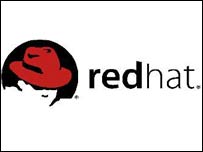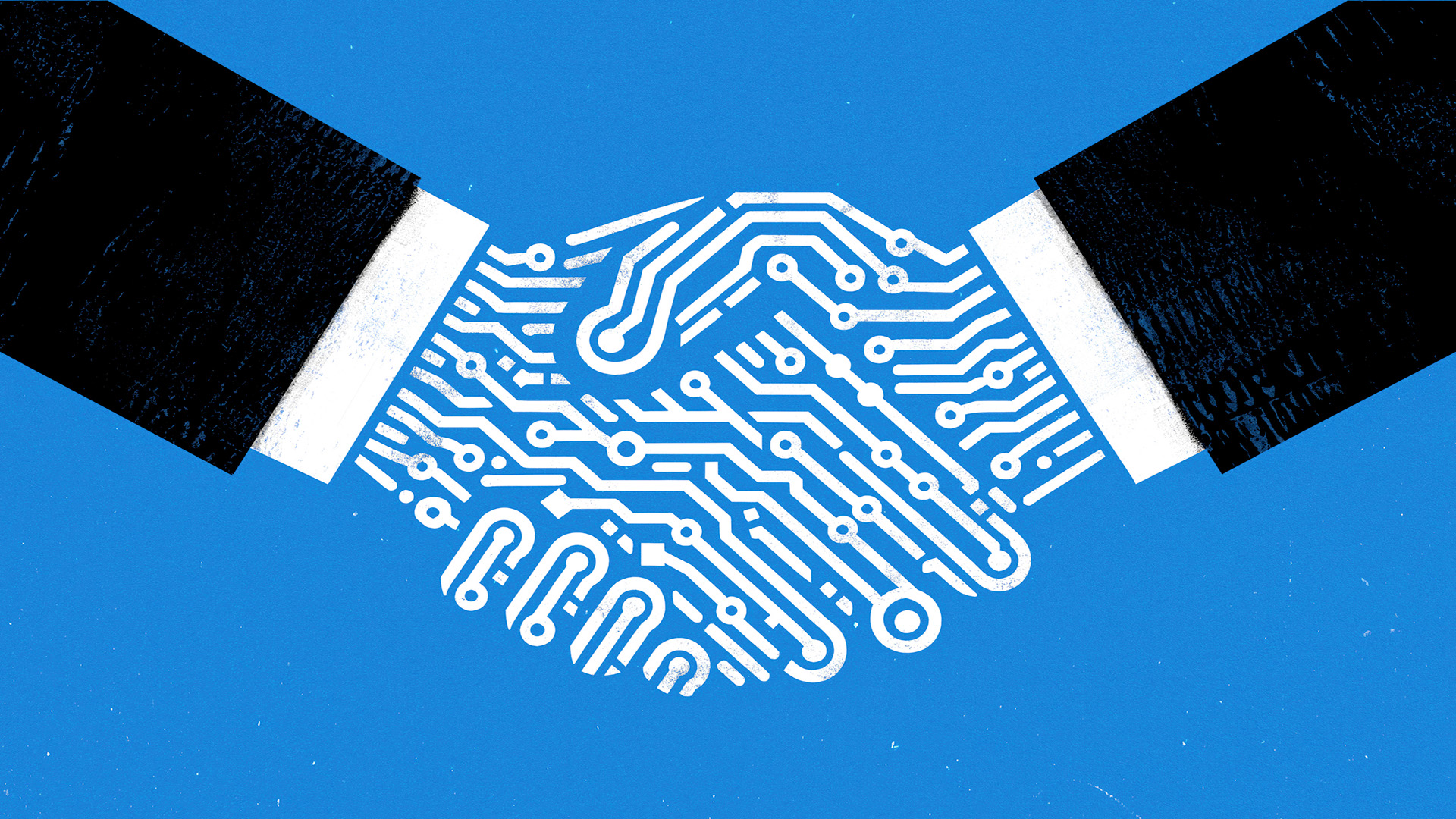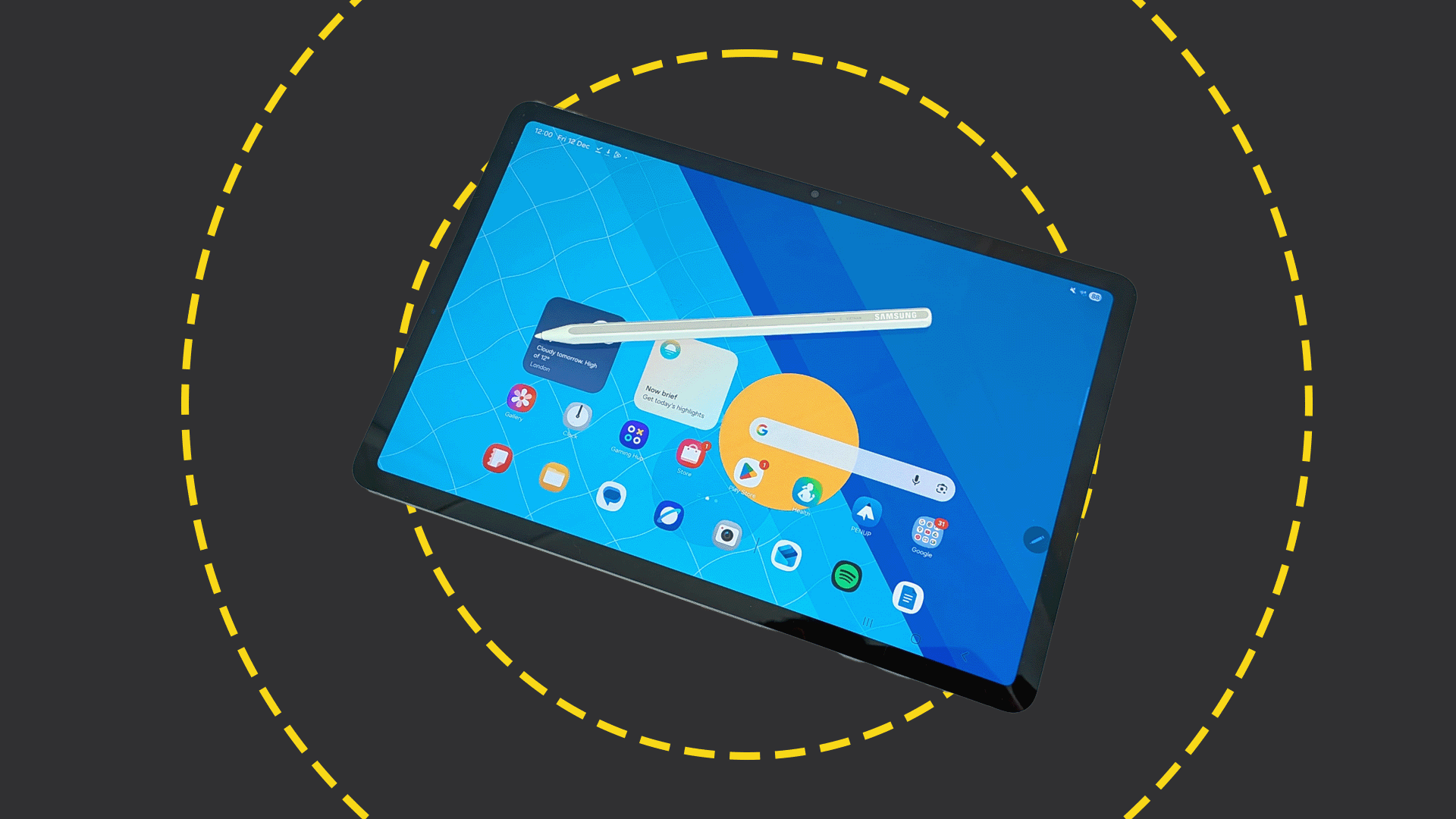Red Hat at the crossroads
As the biggest open source company in the world, Red Hat stands at a significant crossroads between its open source roots and significant growth in enterprise demand for its products, as underlined by changes made to its management, discontent within its user community and a sharp rise in profits.

Linux vendor Red Hat is experiencing success and turmoil all at once, as the company, and perhaps the wider open source software industry experiences a period of profound change.
Red Hat has a new chief executive, Jim Whitehurst, who has come from the unlikely background of Delta Airlines. The announcement, made just before Christmas, coincided with another significant rise in Red Hat's revenues, and came amid largely unsubstantiated rumours of discontent among developers in Red Hat's recently acquired JBoss division. Red Hat may be the biggest open source company in the world but it currently faces complex decisions as it chooses between its open source roots and growth in enterprise IT spending.
In some respects Red Hat created the paradigm for the uptake of open source in industry. Red Hat's instantly recognisable moniker and logo are the stuff that marketing people dream of and die for, but rarely achieve. The logo defines the company, and nobody can mistake the company or the man in the Red Hat for anything or anybody else. Red Hat is a brand.
Kleenex and ketchup
Red Hat was founded in 1993 when Mark Ewing and his friends, Donnie Barnes, and Erik Troan, decided that what the world really needed was a GNU/Linux distribution that worked straight from the box. The Linux kernel itself was less than two years old. The name's prosaic origins were explained by Mark Ewing in 1996: "In college I used to wear my grandfather's lacrosse hat, which was red-and-white striped. It was my favourite hat, and I lost it somewhere in Philadelphia in my last year. I named the company to memorialise the hat. Red and White Hat Software wasn't very catchy, so I took a little liberty."
But Red Hat didn't really take off until Bob Young became involved. The company had small beginnings. For the first months and years Young worked "in my wife's sewing closet in Connecticut, and Marc in a spare room in his apartment in Durham (North Carolina)", distributing the brand, free CDs, hats and t-shirts, yet six years later, when Red Hat went public, the company was valued at upwards of $5 billion (2.5 billion).
As Jon 'maddog' Hall tells it, Bob Young put Red Hat on the map, and would say "I'm building a brand", but nobody listened. "By the time people recognised what he was doing it was too late. He had built the Red Hat brand to the point where a lot of people in the US would say 'Red Hat is Linux, and Linux is Red Hat'. Like Kleenex and tissues, and Heinz and ketchup, Red Hat had become a generic term. Bob Young did an amazing job. He recognised that in building up the company, he needed to bring in some good executives with the right skills to take over when he stepped out of the way... He would say, 'Hey, give away the software, and sell the t-shirts and hats', but what he really meant was: 'Give away the software, and sell the services.' And still people didn't understand."
Sign up today and you will receive a free copy of our Future Focus 2025 report - the leading guidance on AI, cybersecurity and other IT challenges as per 700+ senior executives
Red Hat prospered because it stayed close to the ground, identifying closely with the rapidly growing user and developer communities. Unlike SuSE and Caldera, the other "commercial" Linux distributions of the time, Red Hat CDs didn't contain proprietary installers and were always freely downloadable. Every feature developed by Red Hat was distributed under the GPL. During the mid 90s Red Hat won countless awards from PC magazines. The raising of Red Hat's profile and brand meant that, by the time Linux began to take off in commercial environments at the end of the decade, Red Hat was perfectly positioned to take advantage, and become the Linux company - a position that offended many in the Linux community but had been won through application and inspiration.
Red Hat remains the market leader, entrenched in the enterprise and subject to special treatment from the likes of Microsoft and Oracle, but it wasn't the first company that existed to market free software. That honour belongs to Cygnus Solutions, created in 1988 by Michael Tiemann. Cygnus was the first company dedicated to promoting and supporting the software provided by GNU and the Free Software Foundation (FSF). Characteristically, Richard Stallman, the founder of GNU and the FSF, speculated that Cygnus, like GNU, had been named as a recursive acronym, which can be translated as 'Cygnus, Your GNU Support'.
An idea whose time has come
Cygnus Solutions was the first company to prove that it was possible to run a viable enterprise marketing free software, and became one of the first acquisitions made by Red Hat after its 1999 stock market flotation.
The idea for Cygnus emerged when Tiemann read Richard Stallman's GNU Manifesto in 1987. "On the surface", Tiemann later wrote, "The GNU Manifesto read like a socialist polemic, but I saw something different. I saw a business plan in disguise. The basic idea was simple: Open Source would unify the efforts of programmers around the world, and companies that provided commercial services (customisations, enhancements, bug fixes, support) based on that software could capitalise on the economies of scale and broad appeal of this new kind of software."
According to Tiemann, "the GNU Manifesto is ultimately a rational document. It dissects the nature of software, the nature of programming, the great tradition of academic learning, and concludes that regardless of the monetary consequences, there are ethical and moral imperatives to freely share information that was freely shared with you. I reached a different conclusion, one which Stallman and I have often argued, which was that the freedom to use, distribute, and modify software will prevail against any model that attempts to limit that freedom. It will prevail not for ethical reasons, but for competitive, market-driven reasons."
"At first I tried to make my argument the way that Stallman made his: on the merits. I would explain how freedom to share would lead to greater innovation at lower cost, greater economies of scale through more open standards, and people would universally respond 'It's a great idea, but it will never work, because nobody is going to pay money for free software.' After two years of polishing my rhetoric, refining my arguments, and delivering my messages to people who paid for me to fly all over the world, I never got farther than 'It's a great idea, but...,' when I had my second insight: if everybody thinks it's a great idea, it probably is, and if nobody thinks it will work, I'll have no competition!"
Subsequently, Cygnus became a significant provider of support for free software products in many sectors of industry, and provided a prototype for the open source companies that have come since. "When I realised how unattractive the position to compete with open-source software was", Tiemann concluded, "I knew it was an idea whose time had come."
Hypnotised
After the sale of Cygnus to Red Hat, Michael Tiemann became the chief technology officer of Red Hat, and is now vice president, open source affairs.
Red Hat has a long and honourable tradition of loyalty to the principle and practice of free software, helping to fund essential open source software projects, and releasing all its developments under the GNU GPL, even to its competitors' advantage. This practice may have raised eyebrows in the world of proprietary software but has proved a large part of Red Hat's success, and helped to cement the company's long-standing popularity among the Linux community. Most importantly, from the point of view of Linux supporters and developers, "all the software we write is GPL'd."
The classic downloadable distribution of Red Hat Linux has been replaced by Fedora, which is no longer sold in shrink-wrapped boxes. Enterprise customers are recommended to purchase RHEL, Red Hat's own branded and supported version of Linux. The perceived benefit of this release model is that Red Hat benefits from the traditional community approach fostered by Fedora, while giving a production model, represented by Red Hat Enterprise Linux (RHEL) that corresponds with the longer, more stable, upgrade cycle that is more easily implemented and supported within the enterprise. Fedora has pioneered many of the advances that later appear in RHEL.
In some ways Red Hat's business model represents a revolution in the computing industry, and is counter intuitive to the dogma of modern business culture. Red Hat survives and thrives on its brand, the quality of the software and services it provides and the strength of its bonds with the user and developer communities from which it sprang. Unlike traditional software companies anyone can replicate its software, as Oracle has tried to prove, but the company that does so has to replicate the brand and trust that Red Hat has earned over the last few years. Ubuntu, the upstart with the growing profile among the Linux user communities, may represent a greater long term competitive threat to Red Hat than Oracle's "Unbreakable Linux", and MySQL may represent a greater threat to Oracle than Oracle does to Red Hat.
Bob Young was a visionary, and built Red Hat as a brand, but Red Hat was both a product of the Linux community, and a recognisable commodity made acceptable to the corporate world by association with trusted brands such as IBM and HP. When Young left the reins were handed over seamlessly to Matthew Suszlik, who had worked with Young at Red Hat for a number of years and knew the culture. Under his watch, Red Hat has managed to walk the line between corporate ambition and community ethics, resisting the temptation to compromise in deals with Microsoft and others, and has endeavoured to remain honest and true to its community roots, which it has maintained through its dependence on the Fedora community. The question for Red Hat and its new chief executive is how to retain the momentum without compromising the ideals that made Red Hat what it is.
Red Hat's success has owed much to its historic dominance of the Linux market during the late nineties, and its consequent early rise into the corporate sphere. Success has been maintained in recent years because of the performance and quality of its software and services. In the words of Michel Goossens, vice president of European, Middle East and Africa sales and marketing for JBoss, "Quality gets the job done faster. The open source software factory is a better factory. It's all about transparency, peer-to-peer review and eyeballs. We have thousands of people looking at the code all the time, and the code that comes out of that is better code... We drive the community, and the code that comes out of that is better code."
An open source software company has to be quick on its feet and committed to standards and openness in all facets of its business. Above all, it has to retain a close relationship with the user and developer communities that make the whole enterprise possible. Open source companies stand or fall by the quality of the contributions of developers, many of whom have no special allegiance to any company or commercial enterprise. Red Hat employs over 700 developers producing software that any other company can take and distribute, and has to compete on the quality and reliability of its services, but also depends on the contribution of thousands of others.
The challenge for Red Hat is to stay competitive in a market where, on the face of it, any company can replicate its software. But this is what makes open source an attractive proposition for many commercial users. Open source allows a more or less seamless transfer between hardware and software vendors, so the value has to come from elsewhere, from better hardware and better services, and staying ahead of the game, building loyalty to the brand. The price it has to pay to the developer communities that provide the software is to remain honest and true to those communities.
Vista reputedly cost upwards of $6 billion (3 billion) to develop, and it has been estimated that the price tag to create the Linux kernel alone would be well over $600 million (300 million). The key to the future success of Red Hat and other open source companies will be in staying true to the spirit of the user and developer communities from which they sprang, demanding acceptance of this model from corporate culture, rather than moulding themselves to the expectations of that culture.
-
 HackerOne eyes enterprise growth with double C-suite appointment
HackerOne eyes enterprise growth with double C-suite appointmentNews Seasoned industry executives Stephanie Furfaro and Stacy Leidwinger have joined the cyber security vendor’s executive team
-
 Samsung Galaxy Tab S11 review
Samsung Galaxy Tab S11 reviewReviews A brilliant lightweight tablet with a superb screen, but the competition makes it look expensive